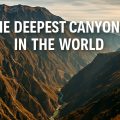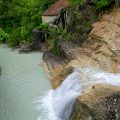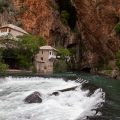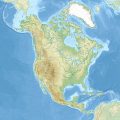The Amazon River Source: A Century-Long Quest into Its True Origin
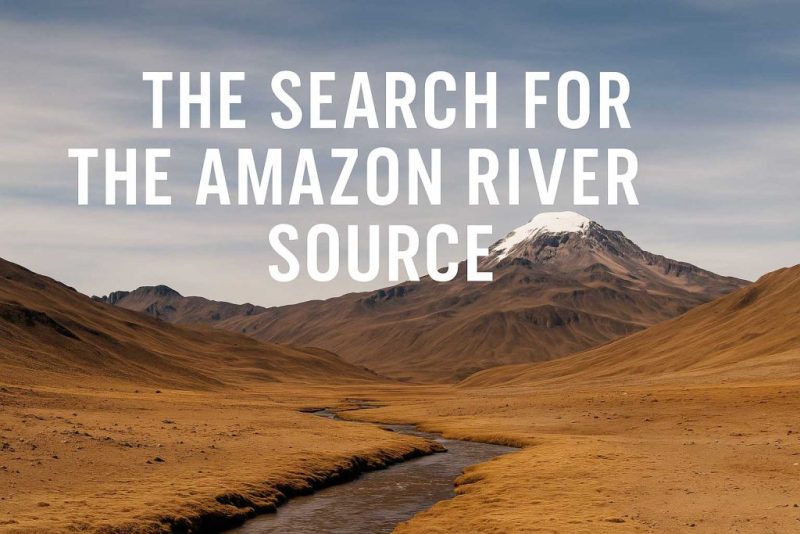
Where does the Amazon River really begin? Discover the scientific and adventurous search for the true Amazon River source, from Nevado Mismi to the Mantaro River.
The Amazon River is a living legend—a colossal artery of life that snakes through the green lungs of our planet. Stretching over 6,400 kilometers, it carries more water than any other river on Earth and shapes the very soul of South America. But for all its grandeur, one question has haunted geographers, adventurers, and hydrologists for centuries: Where is the Amazon River source?
Unlike a single spring bubbling from a mountainside, the Amazon’s source lies hidden in a maze of highland tributaries, cloud-shrouded ridges, and melting Andean glaciers. Pinpointing its origin has sparked one of the most ambitious geographical quests in modern history—an epic that blends science, adventure, and a bit of old-fashioned obsession.
Discover the untamed beauty of South America’s great rivers
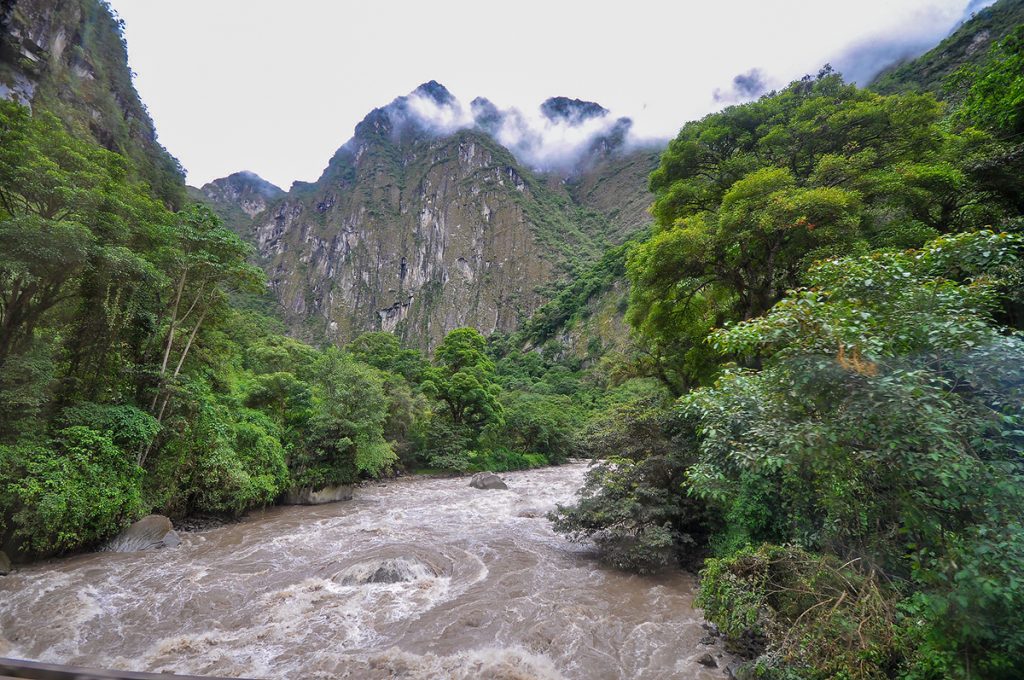
The Complexity of River Origins
Finding the “source” of a river sounds straightforward: go upstream until you reach the beginning. But for a basin as vast and braided as the Amazon—fed by more than 1,100 tributaries—it’s anything but simple.
River Source Explained: Types, Formation & Famous Origins
Hydrologists use various criteria to define a river’s source:
- The most distant point in the drainage basin
- The longest continuous flow path to the mouth
- The highest elevation source
- The largest volume-contributing headwater
For the Amazon, these often point to different places. So begins the chase.
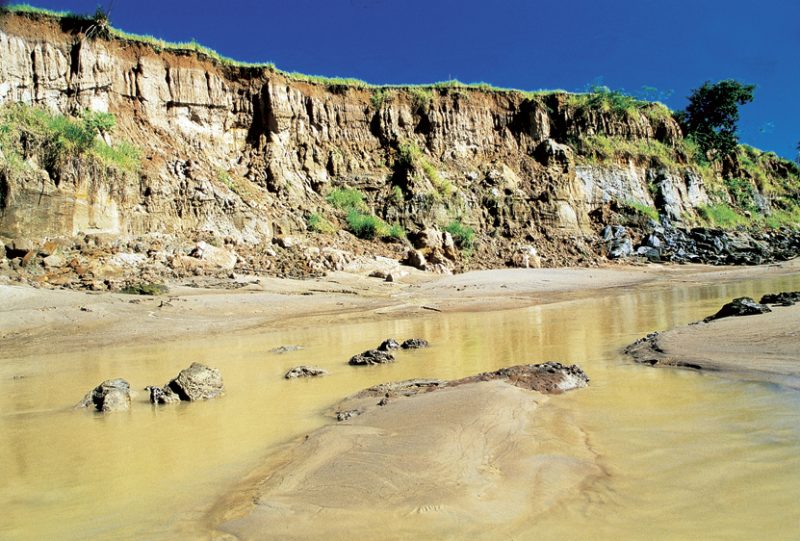
Early Theories: A River Born in the Andes
Long before GPS and satellite imaging, the quest to locate the source of the Amazon River began with boots on the ground—and dreams of discovery. In the 16th and 17th centuries, Spanish conquistadors and Jesuit missionaries, driven by conquest, conversion, and curiosity, ventured deep into the rugged highlands of Peru. What they found was a breathtaking tangle of rivers spilling down from the eastern slopes of the Andes, carving wild gorges and feeding the vast green mystery that would later be called the Amazon Basin.
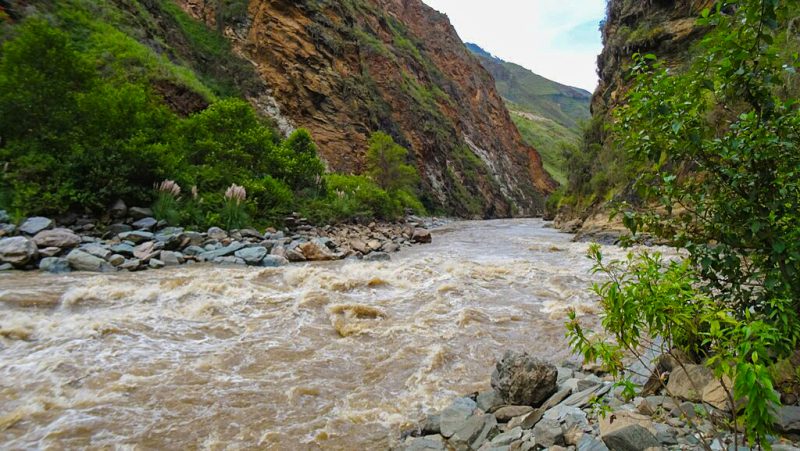
Among these tributaries, the Marañón River stood out. Powerful, voluminous, and dramatic in its descent, the Marañón earned an early reputation as the Amazon’s “true source.” Many of the first European maps of South America confidently placed the headwaters of the Amazon here, not least because the Marañón was the first major tributary encountered by those descending from the mountains toward the jungle.
As centuries passed, the age of scientific exploration dawned. In the 19th century, European naturalists and geographers fanned out across South America, hungry to fill in the blanks of the world’s greatest river system. Giants like Alexander von Humboldt, whose journeys redefined natural science, and William Chandless, a meticulous British surveyor, challenged older assumptions. Their maps and fieldwork proposed alternative theories:
- The Ucayali River, whose winding course rivaled the Marañón in length,
- The Tambo, fed by icy waters from remote Andean valleys,
- And the Apurímac, a highland torrent whose trickling origin lies in snowmelt from the Andean peaks.
Each contender had its case, but the deeper the explorers went, the more complex the puzzle became. The Amazon, it seemed, refused to reveal a single source—guarding its beginnings with a network of rival tributaries, each claiming to be the true origin. By the end of the 1800s, the mystery remained unresolved, setting the stage for an even more dramatic race in the 20th century: the quest to trace the longest, most distant path of flowing water to the mouth of the Amazon in the Atlantic Ocean.
The Apurímac Hypothesis: Into the Andes’ Frozen Heights
By the mid-20th century, as satellite mapping remained years away, the search for the Amazon’s source turned into a boots-on-the-glacier affair. At the heart of this chapter stood a towering contender: the Apurímac River. Winding through gorges and cloud forests, it descends from the rarefied air of the Peruvian Andes, fed by the ice and meltwater of Nevado Mismi—a snow-dusted peak standing over 5,600 meters tall, not far from the city of Arequipa.
In the 1970s, this wild landscape drew the attention of daring explorers and scientists. Among them were Polish adventurers Jacek Pałkiewicz and Piotr Chmieliński, who would become central figures in one of the most iconic expeditions in river history. Their mission: to follow the Apurímac from its trickling beginnings all the way to the mighty Amazon mouth on the Atlantic coast.
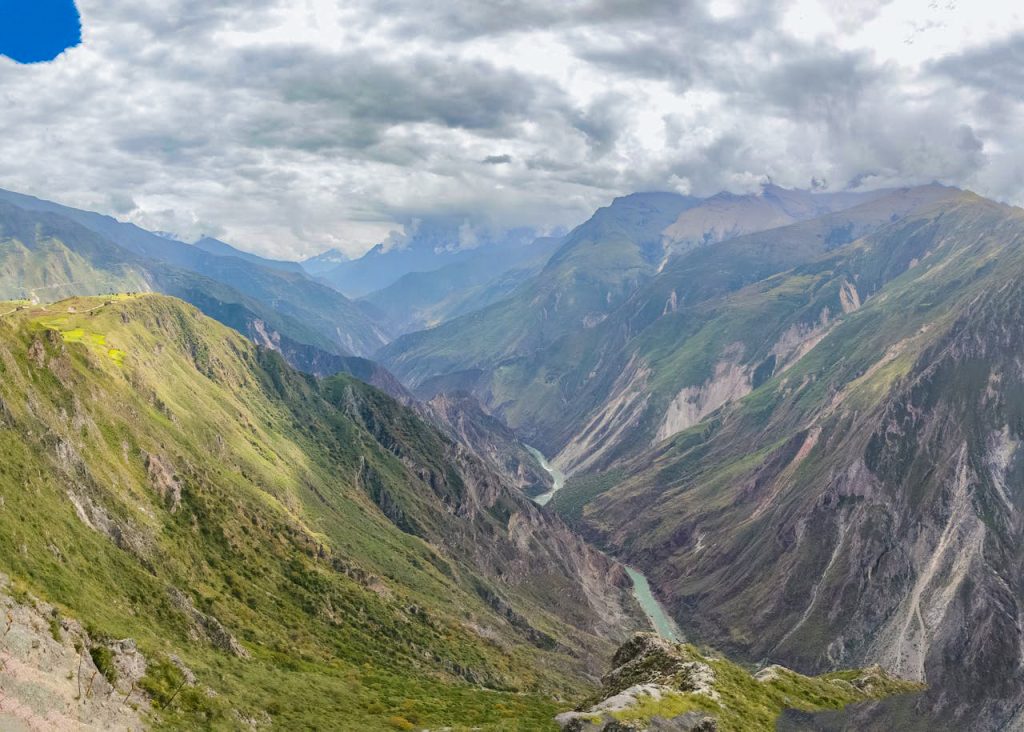
Years later, in 1996, Pałkiewicz led a National Geographic-sponsored expedition that zeroed in on a tiny, icy stream called Carhuasanta Creek, emerging from a glacial cave high on Nevado Mismi. Using altimeters, GPS, and meticulous hydrological measurements, the team followed this creek down to the Apurímac, then the Ucayali, and finally through the serpentine sweep of the Amazon itself.
According to the “longest continuous flow” criterion—the gold standard in hydrology—this tiny alpine spring was now the official beginning of the world’s greatest river. National Geographic hailed the discovery, and for decades, Carhuasanta on Nevado Mismi was widely accepted as the Amazon’s true source, enshrined in textbooks, documentaries, and atlases.
Yet in this remote realm of rock and ice, where rivers are born in snowmelt and solitude, even this conclusion would eventually face new challengers. The Andes, it seemed, had more secrets to reveal.
The Rise of Satellite Analysis and New Claims
As the 21st century dawned, the search for the Amazon’s true source took a technological leap forward. Gone were the days of guesswork and rough cartography—now, satellite imagery, GPS tracking, and digital elevation models could measure river systems with unprecedented precision. And with this new clarity came fresh controversy.
In the early 2000s, Brazilian and Peruvian scientists—equipped with cutting-edge tools and satellite data—revisited the tangled hydrological map of the Andes. In 2007, a bold new claim emerged: the Mantaro River, a highland stream originating in the Cordillera Rumi Cruz, could be the most distant point in the Amazon’s drainage basin. According to this analysis, the Mantaro flows farther—by a few crucial kilometers—than the previously accepted Apurímac route, giving it the edge in the “longest path” criterion.
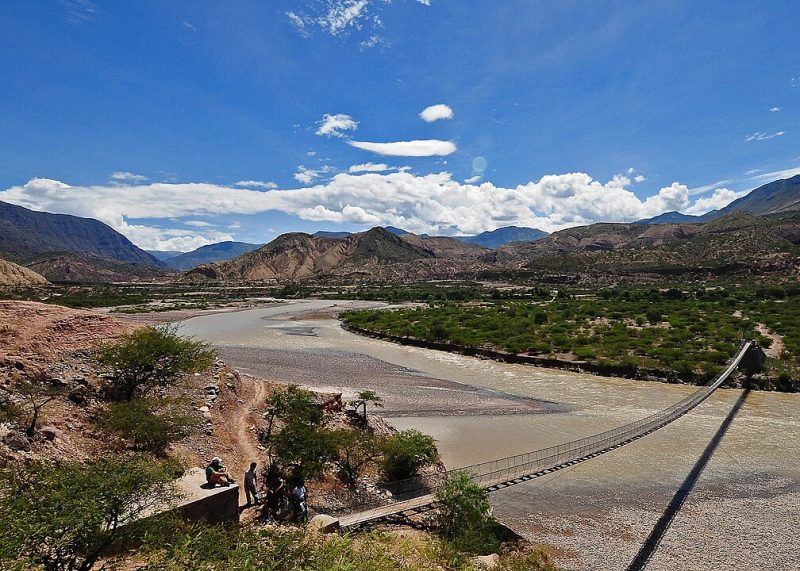
At first glance, it seemed the crown had shifted. But hydrologists and geographers weren’t so easily convinced. Critics pointed out a critical flaw: the Mantaro River is periodically interrupted by the Tablachaca Dam, which reduces sections of the river to little more than trickles or stagnant reservoirs during the dry season. Could a river that doesn’t flow year-round truly be considered a continuous source?
Some argued no. Others responded that if the standard was pure distance, seasonal interruptions were irrelevant. Still others took a broader view, suggesting that volume, consistency of flow, or ecological contribution might offer more meaningful definitions of a river’s beginning.
What became clear is that the definition of a “source” is not just a technical question—it’s a philosophical one. Should we honor the river’s longest geographical path? Or its most ancient, enduring, and life-giving tributary?
Thus, the rise of satellite analysis didn’t close the case on the Amazon’s origin. It deepened the mystery, shifting the debate from rugged field expeditions to the silent orbits of satellites and the precise arguments of hydrologists poring over data from afar.
Why the Amazon’s Source Still Matters
At first glance, the debate over the Amazon’s true beginning might seem academic—an arcane footnote in a hydrology textbook. But the implications ripple far beyond the question of cartographic precision or national bragging rights. In truth, the source of the Amazon matters—profoundly.
On a scientific level, understanding where the Amazon begins sharpens our grasp of its ecological complexity. Headwaters are the birthplace of entire ecosystems, home to endemic species, delicate food webs, and intricate climate feedback loops. The dynamics of water flow—from glacial melt to jungle floodplains—affect sediment transport, nutrient cycles, and even carbon storage. By tracing the river to its farthest origin, we deepen our insight into the Amazon Basin as a living, breathing system.
Geopolitically, the Amazon’s source touches on questions of territorial sovereignty and transboundary water rights. Several of the Amazon’s major tributaries arise in Peru, Bolivia, Colombia, and Ecuador before winding toward Brazil. Where the river begins—according to different definitions—can influence how upstream and downstream nations share responsibilities for water use, conservation, and development.
And then, there’s the symbolism. The Amazon’s elusive source is a reminder that rivers are not static lines etched into the Earth—they are living processes, ever-shifting with the seasons, reshaped by erosion, tectonics, dams, and the warming atmosphere. As glaciers retreat and rainfall patterns shift, the very headwaters of the Amazon may change within our lifetimes.
In this way, the search for the Amazon’s origin becomes a metaphor—a reflection of humanity’s ongoing quest to understand nature not as a fixed map but as a fluid story. A story that begins not in one spring or stream, but in the rainfall over distant peaks, in melting snow, and in the silent journey of a single drop of water seeking the sea.
Final Thoughts: A Source that Flows Through Time
So where does the Amazon River begin? Depending on your criteria, it could be:
- Carhuasanta Creek on Nevado Mismi
- Mantaro River in Peru’s Junín Region
- Or even Marañón River, the historical contender with massive volume
Perhaps the truest answer is that the Amazon begins in the clouds, in the glaciers, in the rains—and in every stream and tree that feeds its path.
Like the river itself, its origin defies boundaries and invites us to keep exploring.
